Greyhound Bus Stations
Home Page / Art Deco Home / Additional Information / France / Kraków / UK / US / World / Derelict
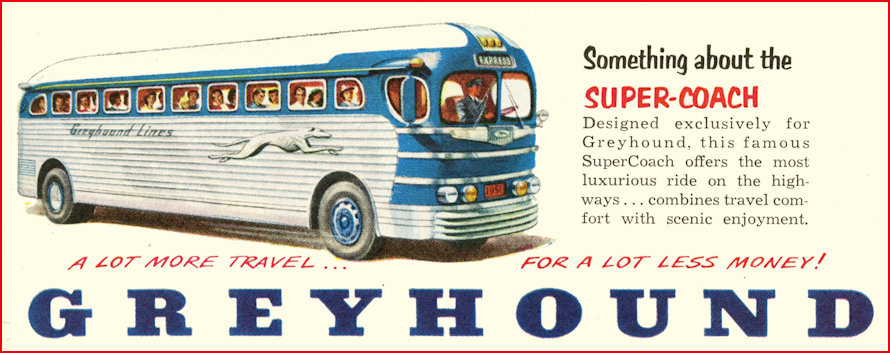
A Selection of Postcards as seen on the Internet
Akron, Ohio
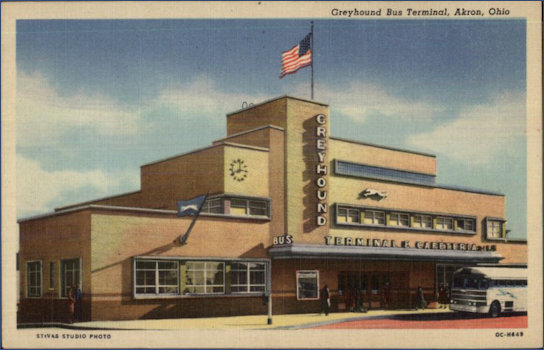
Image sourced from : hippostcard with thanks
Atlanta, Georgia
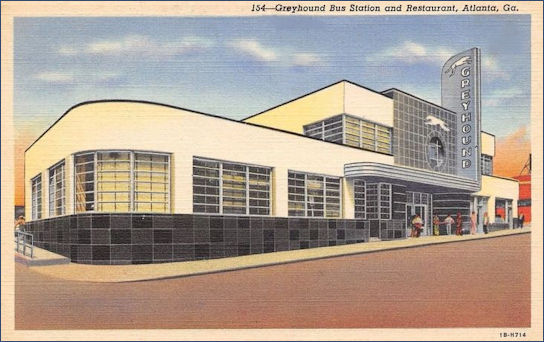
Image sourced from : wikimedia.org with thanks
Baltimore, Maryland
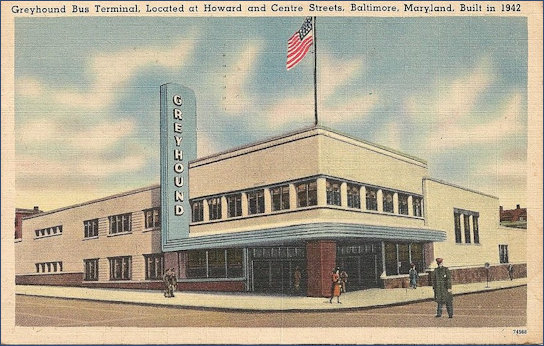
Image sourced from : flickr with thanks
Blytheville, Arkansas
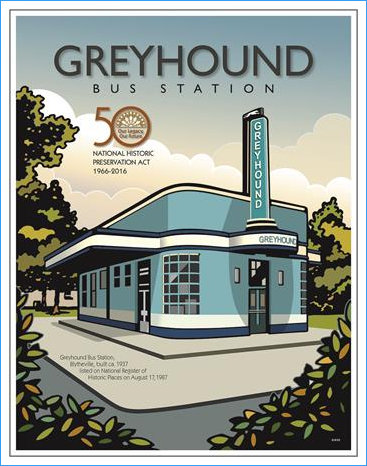
Cincinnatti, Ohio
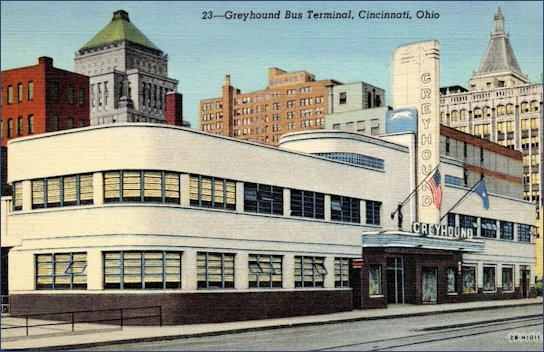
Image sourced from : refriedjeanspostcards.com with thanks
Cleveland, Ohio
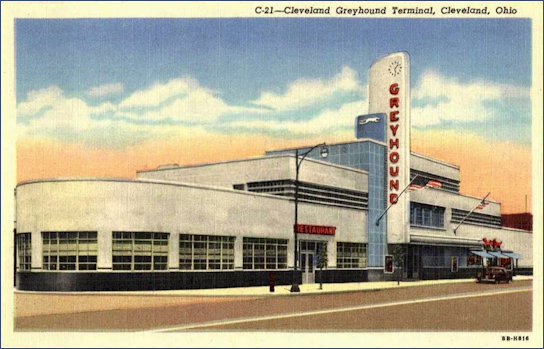
Image sourced from : thewestologist.com via with thanks
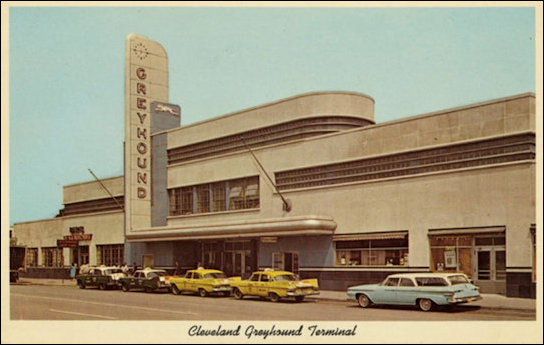
Image sourced from clevelandhistorical.org with thanks
Erie, Pennsylvania
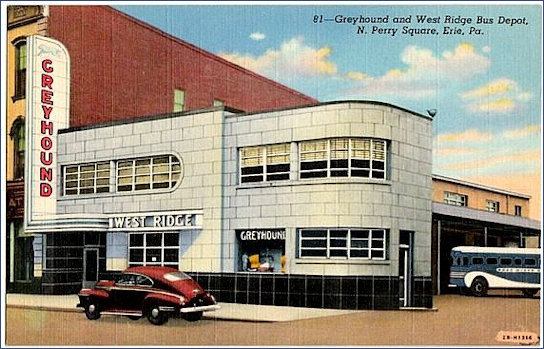
Image sourced from Pinterest
Evansville, Indiana
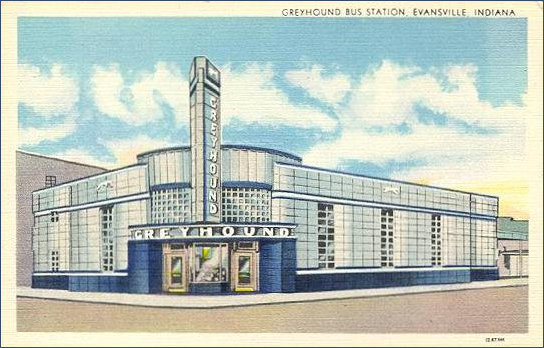
Image sourced from : Historic Evansville with thanks
Art Moderne building, located at 102 Northwest Third Street (on the corner of Northwest Third and Sycamore) in Evansville, was designed by William Strudwick Arrasmith of the Wischmeyer, Arrasmith and Elswick architecture firm of Louisville, Kentucky, with Edwin C. Berendes of Evansville as associate architect. "Completed in 1938 at a cost of $150,000. One of the most modern Bus Stations in the United States. 106 buses were scheduled in and out of the Station each day." The Evansville Greyhound Station, located at the corner of Third and Sycamore streets, opened in January 1939. Designed by William Strudwick Arrasmith, the building incorporated a curved foundation which was built on the location for the Cadick Theater in the early twenties but never completed. Arrasmith had designed a Greyhound station in his hometown of Louisville, Kentucky, which opened in 1937, featuring a unique streamlined art deco-style and blue enamel paneling, which so impressed Greyhound executives that he was quickly commissioned to design more stations, one of which was the Evansville station. He would go on to design as many as 50 Greyhound stations throughout the county. The Evansville station is now one of the earliest examples of Arrasmith’s building which still stands. The terminal, which ended its operation in September 2007, was recently refurbished by Indiana Landmarks, and a new restaurant is expected to open there next month.

Image sourced from : Amazon.com
Fort Wayne, Indiana
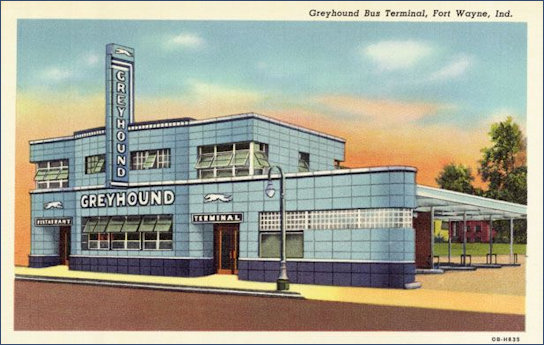
Image sourced from : Pinterest with thanks
Jackson, Miss
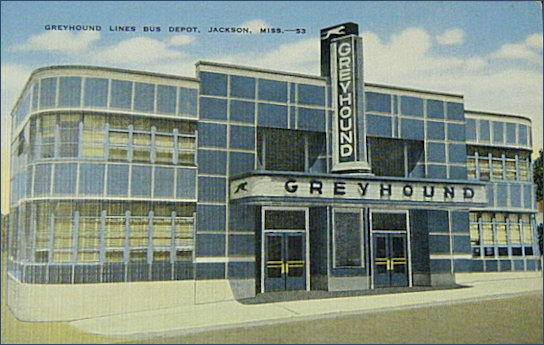
Image sourced from : Pinterest with thanks
Jackson, Tennessee
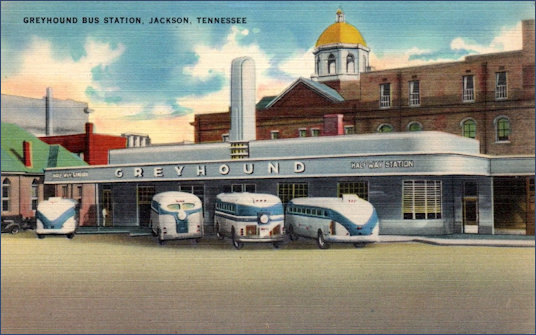
Image sourced from : hippostcard.com
Louisville, Kentucky

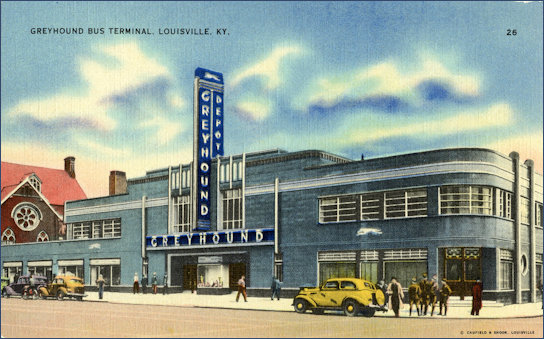
Image sourced from : sjsu.edu with thanks
Memphis, Tennessee
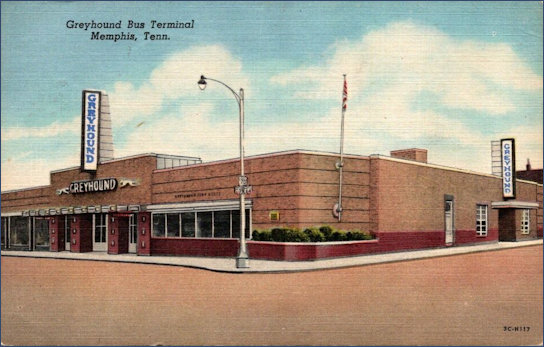
Image sourced from : Pinterest with thanks
Minneapolis, Minnesota
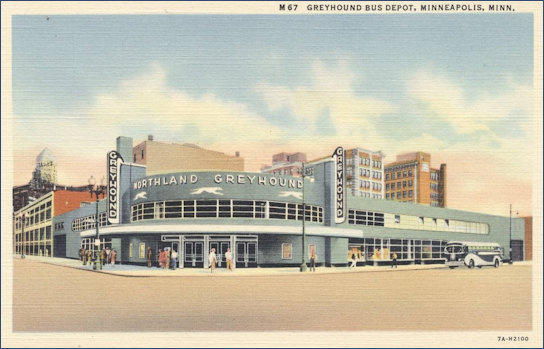
Image sourced from : flashbak.com with thanks
Pittsburgh, Pennsylvania
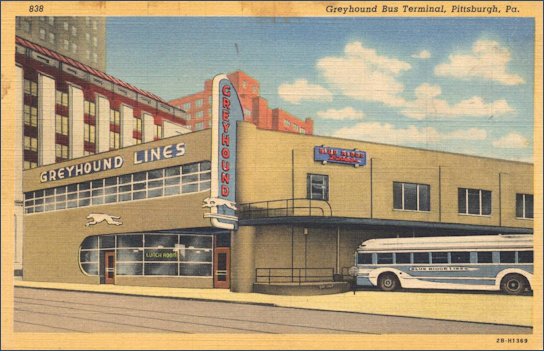
Image sourced from : flashbak.com with thanks
Portsmouth, Ohio
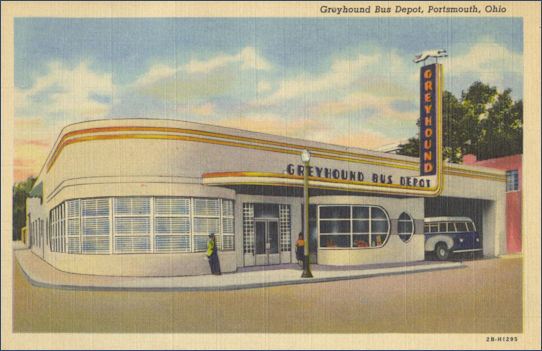
Image sourced from : wikimedia.org with thanks
Syracuse, N.Y.
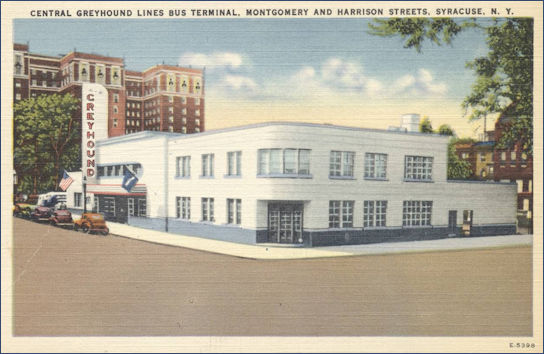
Image sourced from : flashbak.com with thanks
Toledo, Ohio
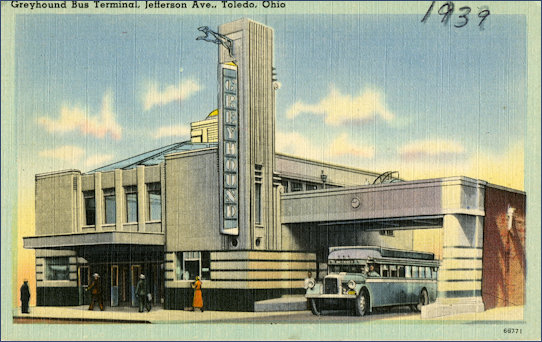
Image sourced from : utdr.utoledo.edu with thanks
Washington DC
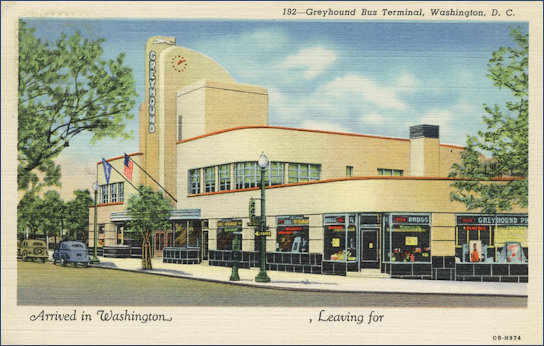
Image sourced from : streetsofwashington.com with thanks
The terminal is a classic art deco (or moderne) landmark with a streamlined 1930s look that epitomizes the promise of the industrial age as the hope for the future and the savior of civilization. The stepped central tower, a typical "ziggurat" design, exudes freshness and optimism with its clean, triumphal lines. The smoothed corners and streamlined look of course also suggest the speed with which Greyhound's Super Coaches were to whisk you to your destination. The building's architect, Louisville-based William S. Arrasmith, designed over 50 streamlined bus stations for Greyhound in the 1930s and 1940s, and this Super Terminal may be his finest. The building's exterior is faced in Indiana limestone and neatly rimmed along its upper edges with glazed black terracotta coping. Aluminum trim and glass-block accentuate the entrance. Inside is a large, round central waiting room with stores on either side. The floor was a jazzy checkerboard terrazzo. The walls were originally partially finished in walnut and trimmed in burnished copper. Large photo murals of scenic places throughout the United States were on the upper portions of the walls. Formica in dark red, brown, and gray was used for wainscoting, columns, and counter tops.
A Selection of images of the actual Greyhound Bus Stations
Manhattan 1936
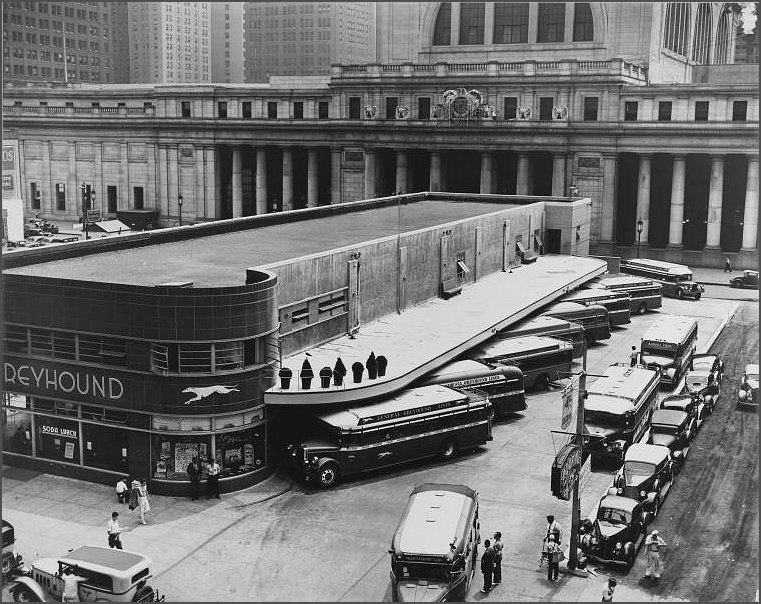
Image sourced from and copyrighted to © Museum of the City of New York via the NY Times article
"The Greyhound Bus Terminal, with Pennsylvania Station in back, in 1936. The art moderne terminal, designed by Thomas Lamb, allowed easy train-to-bus transfer. It was torn down soon after Penn Station's 1963 demise. Today One Penn Plaza, an office building, stands in its place."
Greyhound was a consortium of different lines, including Pennsylvania Greyhound, half owned by the Pennsylvania Railroad. In 1935 the railroad cleared a through-block site just north of the station, from 33rd to 34th, for the new Pennsylvania Greyhound Bus Terminal.
The art moderne terminal, designed by the theater architect Thomas Lamb, was a swing-era reproach to the fusty grandeur of Penn Station across the street. The 33rd Street facade was plain, but Lamb put a showy rounded corner on the busy 34th Street side and faced the entire front with enameled steel panels in glossy blue, the company's trademark color since the 1920s. There was no baggage room, but apparently the riding public bore up under the hardship. At that time there were half a dozen small bus stations sprinkled over Manhattan.
Blytheville, Arkansas

Image courtesy of wallyjarratt.com with thanks
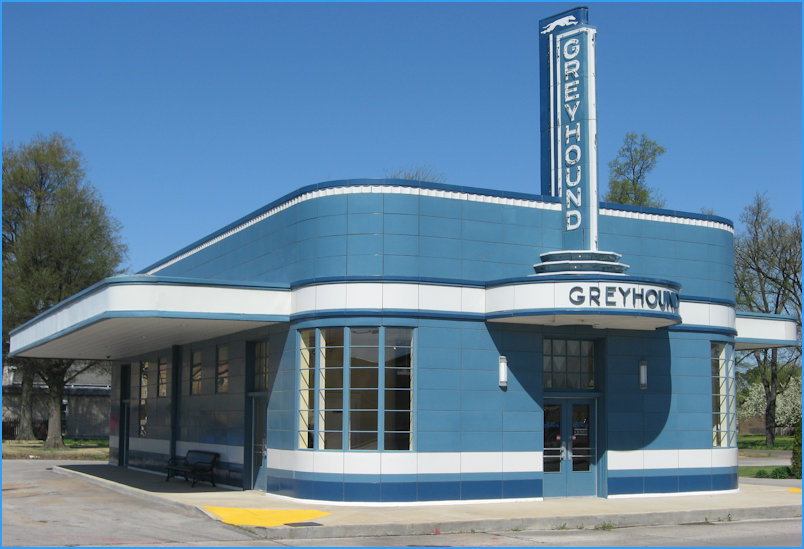
Image courtesy of wikimedia.org
Cincinnatti
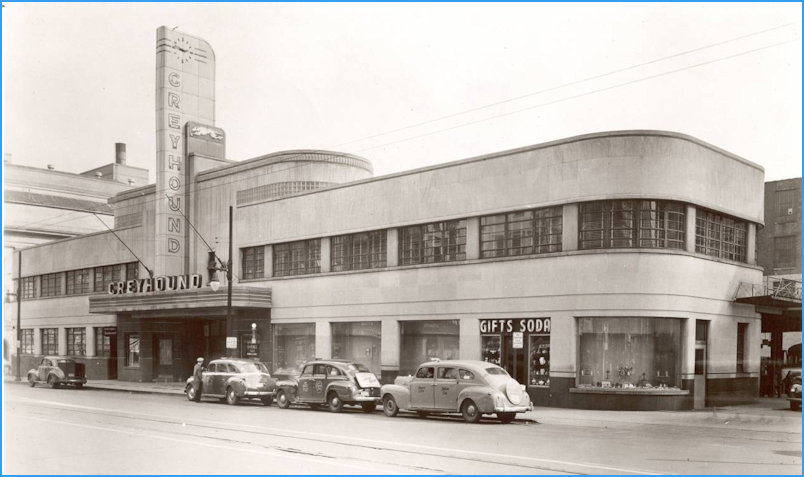
The Greyhound Bus Station in Cincinnatti
Cleveland
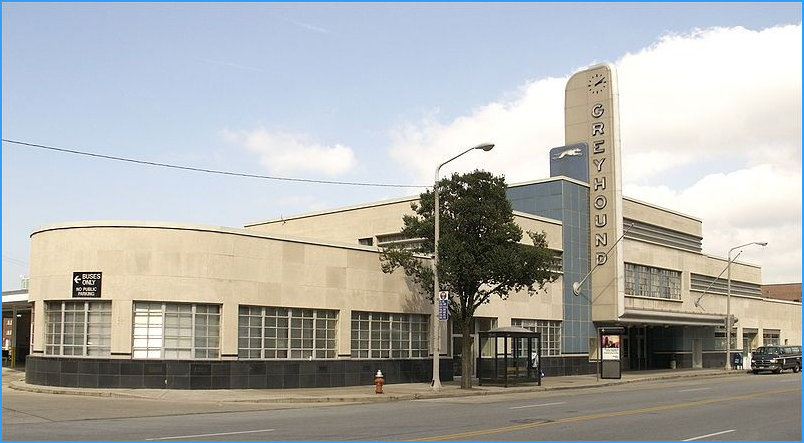
The Greyhound Bus Station in Cleveland - image sourced from Pinterest
Evansville
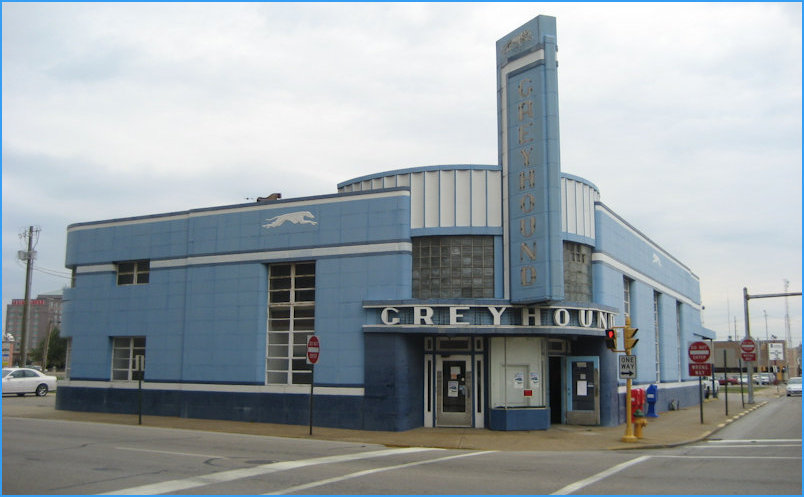
Greyhound Bus Station at Evansville - image courtesy of historicevansville.com with thanks
Washington
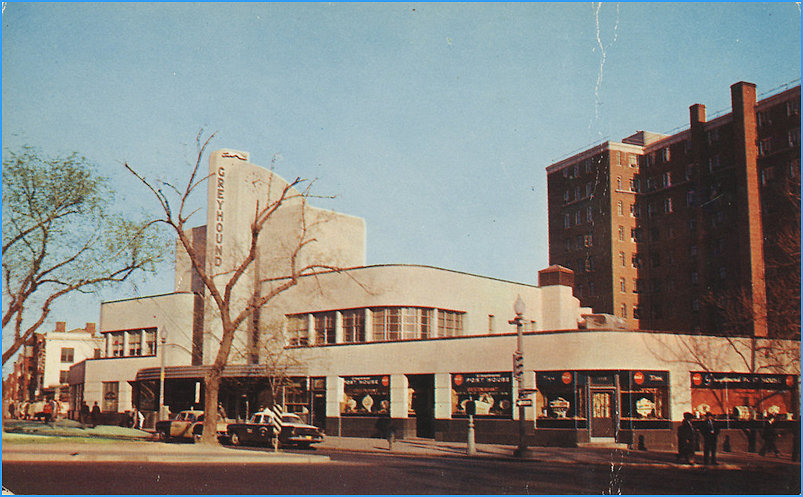
The Greyhound Station in Washington, DC - image courtesy of streetsofwashington.com
Page Under Construction - More to come!
Page refreshed : 22nd May 2020 (G)